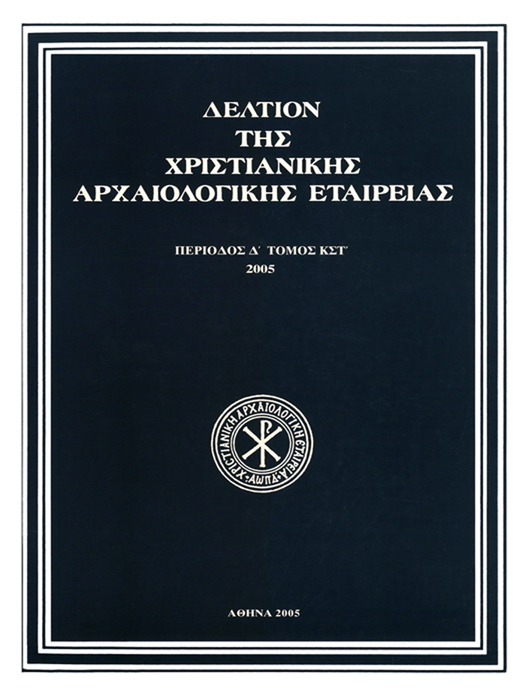Ancient Epidauros Limera as a venetian fort in the state archive of Venice

Abstract
After the occupation of the Peloponnese had been completed by the Venetians the only part still in the hands of the Turks was the Rock of Monemvasia. The General Provveditor di Morea Giacomo Corner in his reports to the Doge Morosini and the Senate mentioned analytically the situation during the years 1688 and 1689. The construction of several forts in different places was among the solutions proposed for the occupation of Monemvasia; one of those included the transformation of the ancient city walls of the nearby ruined Epidauros Limera to a fort capable to resist counteroffensive Turkish attacks in the case of a siege of Monemvasia. Although that proposal was never materialized the designs made by the engineer Leonardo Mauro show how the Venetian officials appropriated the ruins of the past.
Article Details
- How to Cite
-
ΚΑΛΛΙΓΑ Χ. Α. (2011). Ancient Epidauros Limera as a venetian fort in the state archive of Venice. Deltion of the Christian Archaeological Society, 26, 199–206. https://doi.org/10.12681/dchae.441
- Section
- Articles
The copyright for articles in the journal Deltion of the Christian Archaeological Society (henceforth Deltion) is retained by the author(s), with first publication rights granted to the journal and to EIE/ EKT the right to store and communicate these articles to the public via its information infrastructures. By virtue of their appearance in this journal, articles are free to use with proper attribution for non-commercial uses under a ShareAlike obligation. The Christian Archaeological Society and EIE/EKT retain the worldwide right to reproduce, display, distribute, and use articles published in the Deltion in all formats and media, either separately or as part of collective works for the full term of copyright. This includes but is not limited to the right to publish articles in an issue of the Journal, copy and distribute individual reprints of the articles, authorize reproduction of articles in their entirety in another publication of the Christian Archaeological Society, and authorize reproduction and distribution of articles or abstracts thereof by means of computerized retrieval systems.


